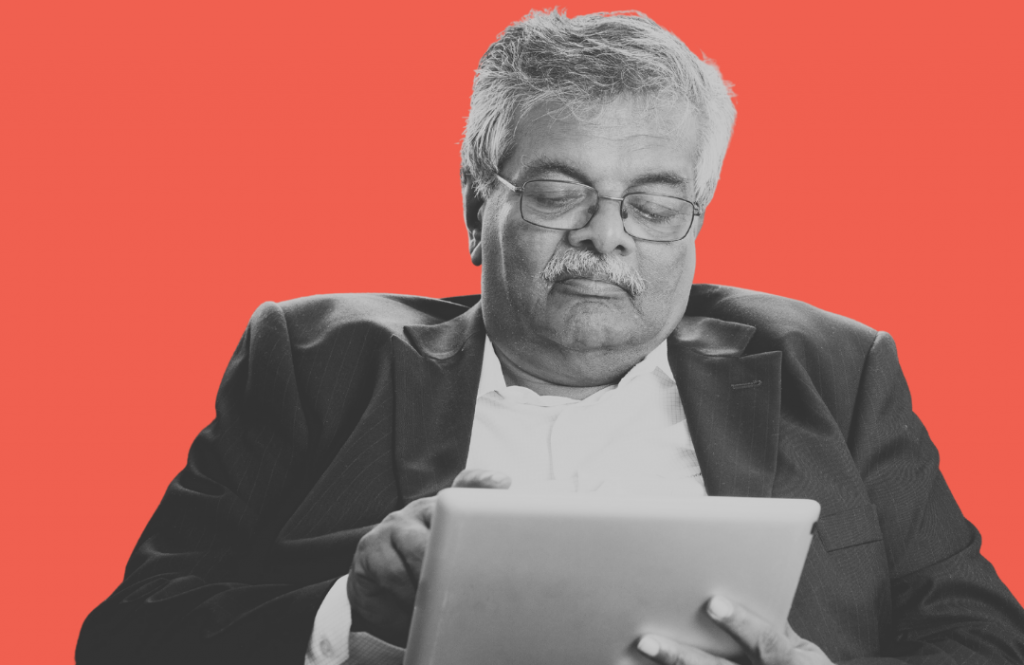Why You Should Make an End of Life Plan – MyGoodbyes
Once you have decided that you want to make an end of life plan, the next step is to begin. It is simpler than you might think — and it can even be comforting.
End of life planning is about understanding what matters most and recording your wishes clearly. Here’s how to get started.
1. Reflect on what matters most
Begin by thinking about your life, your values and the legacy you want to leave. Ask yourself:
- What gives my life meaning?
- What would comfort and dignity look like if I were seriously ill?
- How would I like to be remembered?
2. Record your wishes
Write down your preferences for:
- Medical care: What treatments you would or would not want (for example, through an Advance Decision).
- Funeral or celebration of life: The tone, music or location you would like.
- Personal messages: Letters, recordings or keepsakes for loved ones.
- Practical details: Documents, passwords and key contacts.
A clear plan removes uncertainty and ensures your wishes are respected.
3. Talk about it
Your plan is most powerful when others know about it. Start small — perhaps by telling someone close to you that you are thinking about your future care and would like to share your ideas. Open conversations help normalise the topic and give everyone peace of mind.
4. Keep it safe and updated
Store your plan in a secure but accessible place, such as a digital folder or a trusted document holder. Review it every few years or after any major life event. Your wishes may evolve over time, and that is perfectly natural.
How MyGoodbyes can help
Through our app, workshops and MyGoodbyes Parties, we guide you through each step — helping you reflect, record and share your wishes in a calm, supportive environment.
End of life planning is not about preparing for death — it is about living with intention and love. Start your plan today, and give yourself and your loved ones the gift of clarity and calm.



